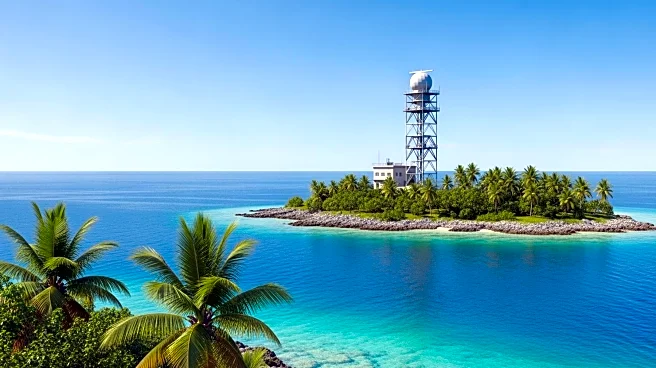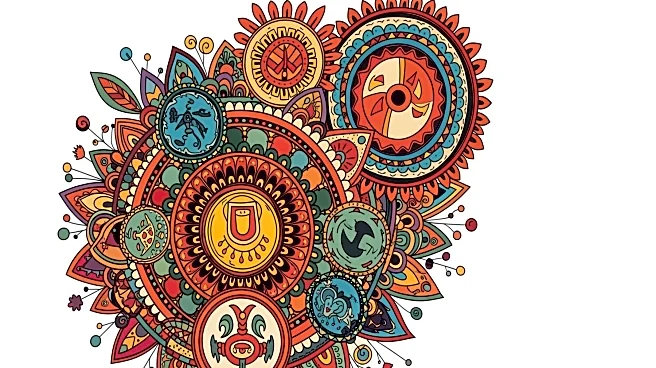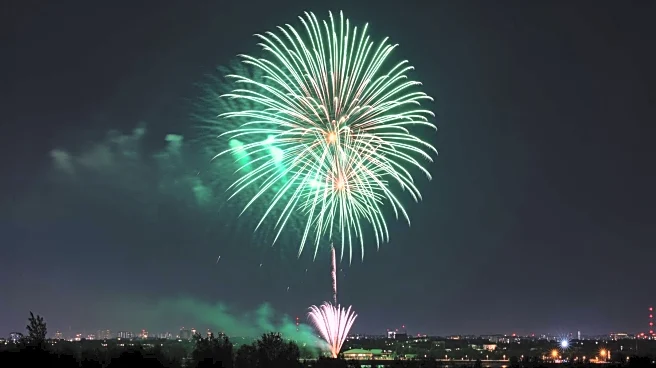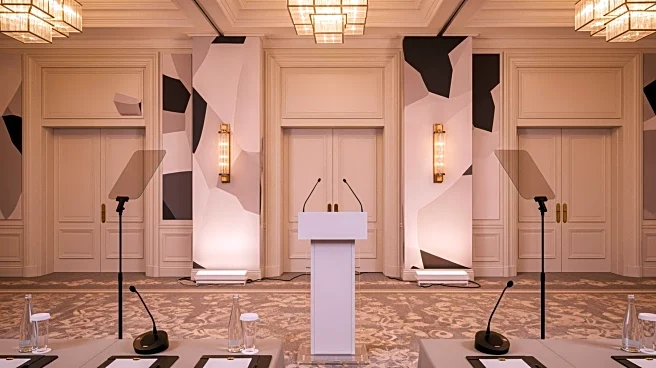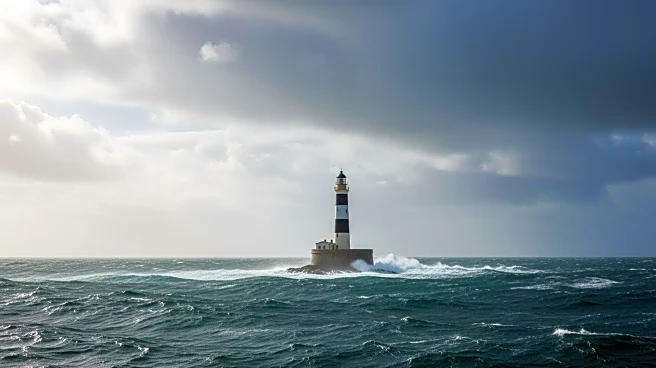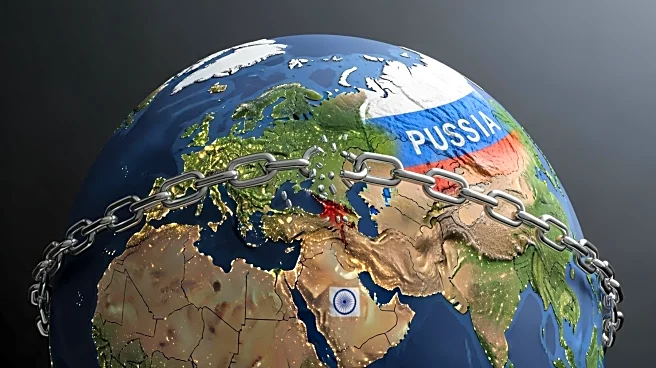What's Happening?
Millions of Indians celebrated Diwali, the Hindu festival of lights, on Monday. The festival, which symbolizes the victory of light over darkness, saw homes and streets across India illuminated with lamps.
In Ayodhya, Uttar Pradesh, a record-breaking 2.6 million oil lamps were lit along the Saryu River, maintaining a Guinness World Record. The city, believed to be the birthplace of the deity Lord Ram, was adorned with fairy lights, and a laser and fireworks show was held. Despite the festive atmosphere, concerns over air pollution were prevalent, particularly in New Delhi, where firecrackers contribute to toxic smog. The air quality index in parts of the city reached levels 14 times higher than the World Health Organization's recommended maximum. In response, India's top court allowed the use of 'green firecrackers' that emit fewer pollutants, in an effort to mitigate environmental impact.
Why It's Important?
The celebration of Diwali is significant not only as a cultural and religious event but also due to its environmental implications. The festival's traditional use of firecrackers has been linked to severe air pollution, particularly in urban areas like New Delhi. The decision by India's top court to permit 'green firecrackers' reflects a growing awareness and response to environmental concerns. This move could set a precedent for balancing cultural traditions with environmental sustainability. The impact of such measures is crucial for public health, as high pollution levels pose significant risks to respiratory health, especially in densely populated areas.
What's Next?
The ongoing challenge will be to monitor the effectiveness of 'green firecrackers' in reducing pollution levels during Diwali. Authorities and environmental agencies will likely assess air quality data to determine the success of these measures. Additionally, there may be further discussions and potential policy adjustments regarding the regulation of firecrackers in future celebrations. Public awareness campaigns could also play a role in encouraging more environmentally friendly practices during festivals.
Beyond the Headlines
The shift towards 'green firecrackers' highlights a broader trend of integrating environmental considerations into cultural practices. This development may inspire similar initiatives in other countries facing pollution challenges during large-scale celebrations. It also raises questions about the balance between preserving cultural heritage and addressing modern environmental issues, a topic that could influence future policy-making and public discourse.


